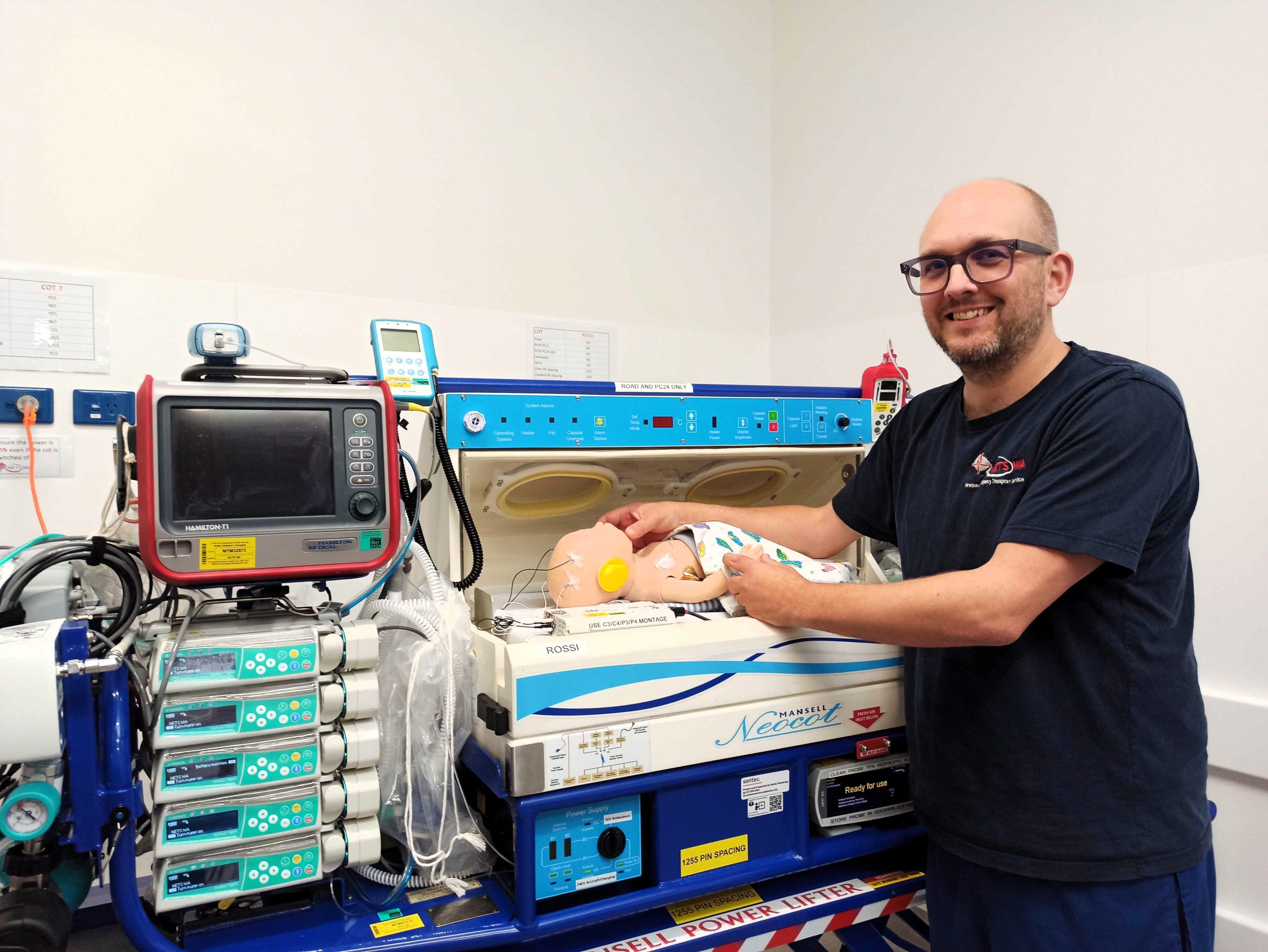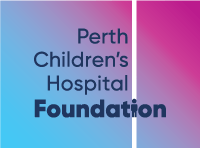
PCHF-funded tech brings advanced intensive care to every corner of WA.
- Perth Children's Hospital Foundation
PCHF-funded tech brings advanced intensive care to every corner of WA.
- Perth Children's Hospital Foundation
Newborn baby specialists up to 1,800km away can now review newborns’ brain waves in real-time.
Innovative new technology being used by the Newborn Emergency Transport Service (NETS WA) based at Perth Children’s Hospital (PCH) is helping to ensure that families from even the most remote WA communities can benefit from advanced intensive care techniques.
The portable, wireless, cloud-based equipment, funded by PCHF, allows brain wave information to be viewed in real-time via an internet uplink and reviewed by medical staff up to 1,800km away.
The first newborn to undergo brain wave recording while in transit was flying to PCH from Kalgoorlie late last year. During that journey, a Perth-based neonatology expert 600km away could review the baby’s brain waves in real time.
Dr Jonathan Davis, medical director for NETS WA said: “For every 1000 live births, up to three babies can develop abnormal brain function ranging from mild to severe due to lack of oxygen.
“Hypoxic-ischaemic encephalopathy or HIE – is diagnosed soon after birth and can result in life-long consequences, including disabilities such as cerebral palsy.”
To improve long-term survival and reduce the incidence and severity of disability, babies diagnosed with moderate or severe HIE receive cooling therapy. Cooling therapy reduces a newborn’s body temperature to 33.5 to 34.5 degrees Celsius over 72 hours and should be administered immediately.
Each year, up to 50 babies across the state (or around two per cent of all newborns) are diagnosed with HIE and require cooling.
“A baby with a brain injury that is not cooled is at a significantly increased risk of movement and learning disabilities,” said Dr Davis.
In WA, most newborns receive cooling therapy at PCH following arrival via emergency transport with NETS- ambulance, plane, or helicopter. Before the rollout of the portable brain wave recording equipment, infants would have a brain wave monitor attached after arriving at the hospital.
Dr Jonathan Davis said the brain wave recording equipment would improve the identification of babies with HIE, particularly in rural and remote areas of WA.
“While this technology has been used regularly in the neonatal intensive care unit, we believe this is the first time it’s ever been custom-built to accommodate neonates in emergency medical transport,” he said.
“This equipment provides medical staff with vital information about a newborn’s brain health in a much shorter timeframe. It also means we can detect and treat seizures more quickly and effectively during the journey.”
A more accurate diagnosis will result in fewer babies receiving unnecessary cooling therapy, meaning that parent and baby may be reunited sooner, and complications, anxiety, and family disruption are reduced.
PCHF CEO Carrick Robinson said: “Access to advanced intensive care support, coupled with WA’s best neonatology experts and faster, more accurate diagnosis and treatment, will help to ensure greater healthcare equality for WA’s remote, rural and Aboriginal communities.”

